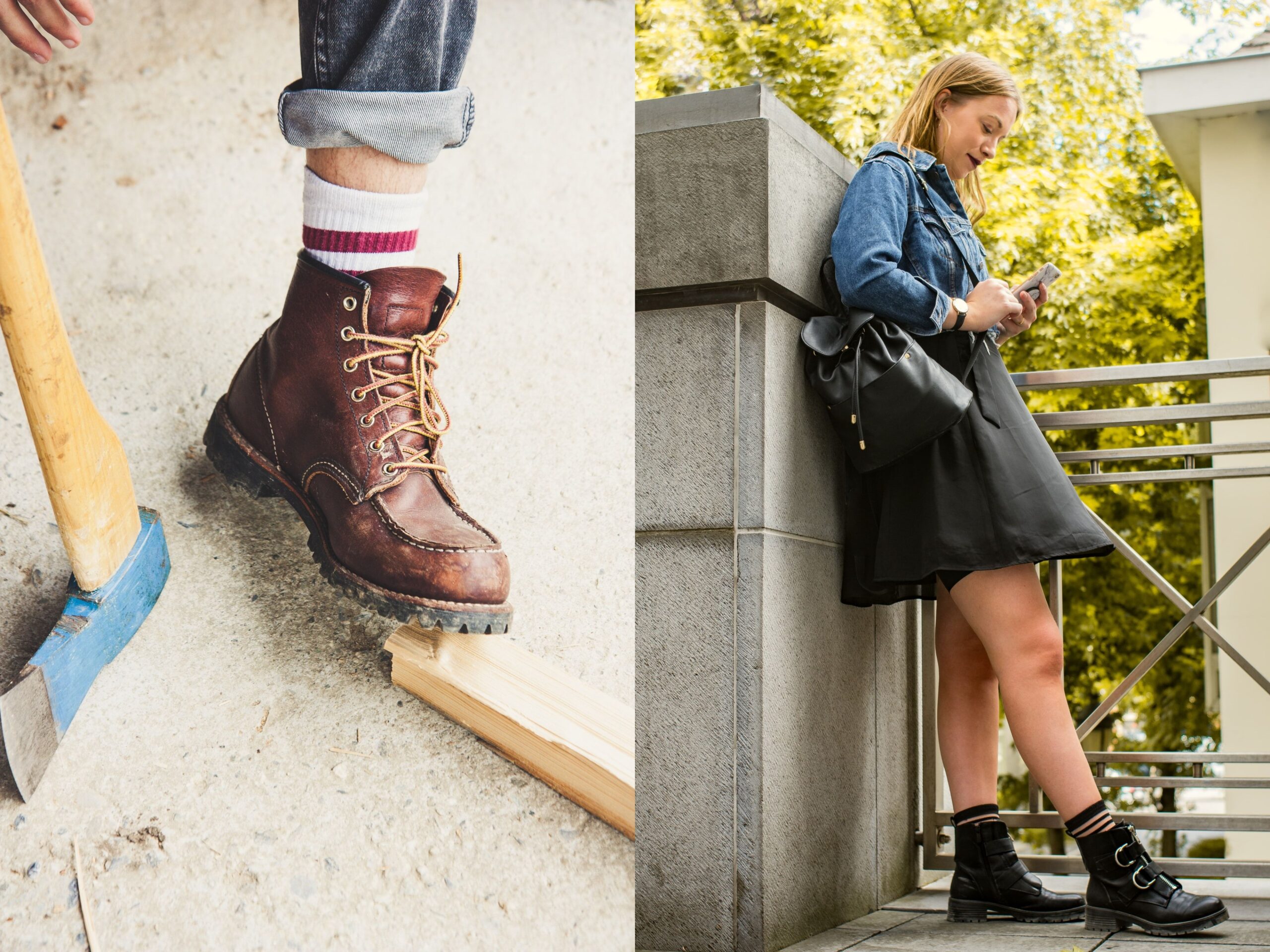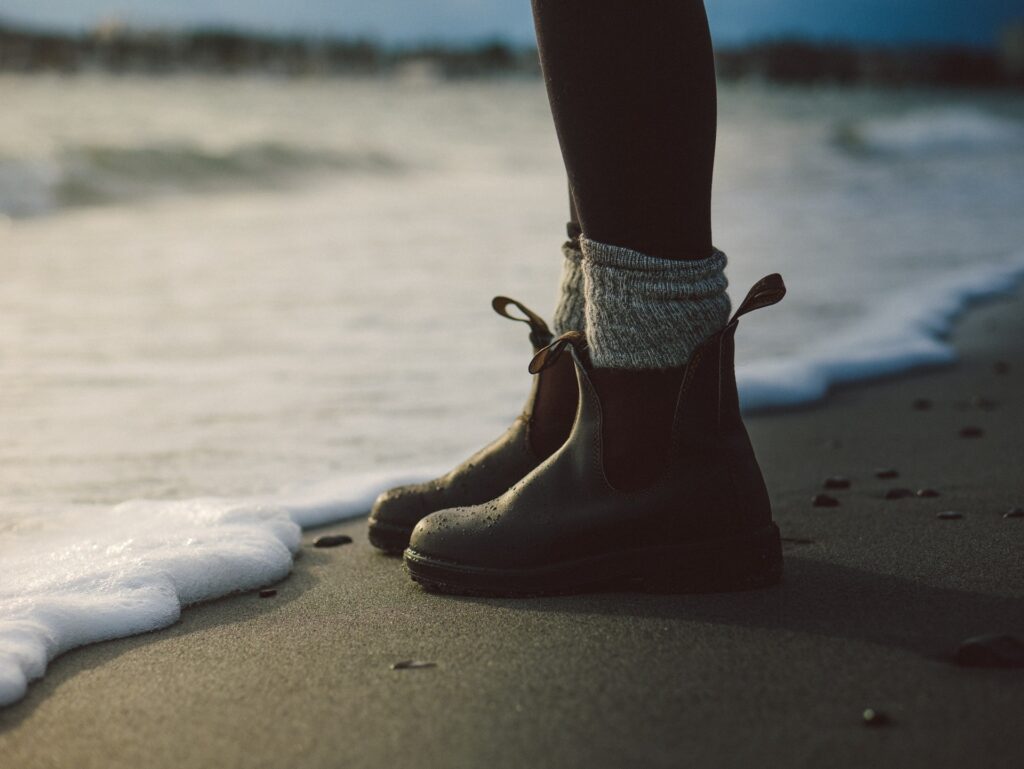Anyone wearing work boots or other types of boots should ideally combine them with high-quality boot socks. A good pair of boots improves with a good pair of socks, and a good pair of boots only look average if your socks are too.
If you invest in a pair of tough work boots, you can get great socks as well. This way you can wear them optimally.
Great Boot Socks Don’t Just Cover Your Feet

Eventually, what you are looking for in boot socks is a balance of factors. Of course, they have to be comfortable in the first place, but there are several other properties as well.
First, they have to offer a certain amount of cushioning, as a high-quality work shoe should absorb shocks.
Secondly, they should preferably absorb sweat and moisture without getting really rough at the end of the day. It is best if you can take off your work boots without having to wear a gas mask.
Finally, they must be reasonably hot. Your feet shouldn’t be too hot, but they shouldn’t be cold either. Being “cold in your feet” on your wedding day is one thing; It’s another thing to have them literally at work. Cold and wet feet are gloom.
Boot socks should also be lengthier than the shoe shaft itself. You don’t have to wear legwarmers, but it’s a good idea that your socks reach just overhead the top of the boot, if not further.
Not that complicated actually, but it’s something you don’t want to forget.
Also Read: Winter Dresses For Young Girls
What are the right materials for boot socks?

Socks, including boot socks, are made from a variety of materials: wool, lycra, cotton and many permutations and blends in between. The materials are neither good nor bad; It’s more that everyone has positives and negatives, and it’s good to know what is likely to be the right choice for you.
The cotton is soft, and the thick cotton socks feel pillow-like when you take them out of the box. They tend to shear a bit with moderate wear, but the thicker they are, the more cushioning they hold after “running in” so to speak.
The advantages of cotton socks are comfort and reasonable cost. After all, a boot sock bag is not incredibly expensive. The downside is that they are absorbent, smell like crazy sweat, and don’t hold the heat very well. Cotton socks are less useful when wet, so they are not suitable for winter conditions in cold climates when you are outside.
Often touted as the best for many uses, wool socks have a lot to offer. Wool absorbs moisture but, unlike cotton, retains heat even when it is damp. It also depends on the kind of wool used to block odours. The problem with wool, however, is that – depending on the type – it can get sweltering.
When it comes to woollen socks, a good rule of thumb is to get light in the spring and come back to heavy in the winter.
It turns out that there are several merino wool socks on the market that are perfect for professionals.
Another great material is acrylic wool blends. You get the warmth of wool, the lightness and the body-hugging shape of acrylic fabrics. Getting wet isn’t a problem either. Quality socks made from an acrylic wool blend are generally slightly cheaper than merino wool and are almost the same quality in terms of comfort.
Regardless of which shoes you bring to work, investing in quality socks will only make them more comfortable and keep your feet warm, dry, and healthy.
